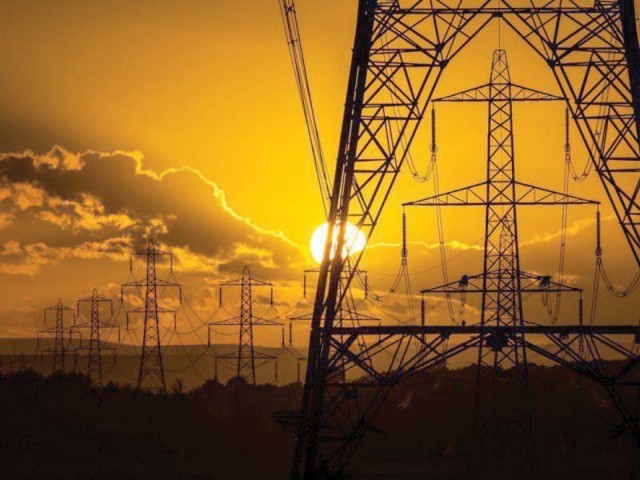The deal is done. You may never come to know what the delay of two days all about was. But from the look of things, the government may well have negotiated and persuaded the IMF on energy pricing. The response from the government officials indicate that power tariffs for domestic consumers using up to 300 units will remain unchanged, and that an additional Rs50 billion will be set aside for power subsidy in the upcoming budget.

This is in stark contrast to what was being billed up in the run up to the programme. There were talks of recovering Rs200 billion upfront in terms of cost recovery. An exercise which would have proved counterproductive, too inflationary, and almost impossible to execute, and was advised against in this space (read: ‘Power tariffs: How (not) to raise’ published May 13, 2019).
The move means that 78 percent of domestic electricity consumption will not be facing higher prices. The move is unprecedented and signals that the government has made some serious convincing efforts. The two previous IMF programmes saw electricity tariffs being revised in categories under 300 units as well. In 2013, tariff for 201-300 unit category were increased by 49 percent, while the lower slabs were unchanged. Under the PPP IMF programme, the power tariffs went up across all categories, including the lifeline category between 28 to 55 percent.
This leaves around 22 percent of power consumption in domestic sector facing higher tariffs. Recall that the tariffs were increased by 10 to 15 percent for consumption above 700 units, in January 2019. Those for the commercial sector were increased by a massive 25 percent. Industrial and agriculture sectors were given relief to the tune of Rs100 billion in January 2019.
The government may want to withdraw some of it, in the non-export oriented sector. Be that as it may, recovering Rs100 billion without touching more than half of consumption – would require more than Re1 per unit increase as spelled out by the Energy Minster after the deal was finalized. Industrial (non-export), domestic above 300 units, and commercial sector could be facing up to Rs2 per unit increase come July, if the plan is to recover Rs100 billion.
What is also unprecedented is the fact that there will be an additional subsidy of Rs50 billion for the power sector to take it above Rs200 billion. That means Rs2 per unit average subsidy on power for the next year, bulk of which goes to domestic, agriculture, and export oriented consumption. The recent tariff relief to industrial consumers had created unfunded subsidy of over Rs50 billion (read: ‘Power unfunded subsides’, published April 9, 2019). The gap will be filled by a similar amount, to ensure smooth running of affairs.
The IMF has usually talked about eliminating untargeted subsidies, it seems that the Fund has been convinced that more than half of power consumption is still very much ‘targeted’. Quite some sell this by the Pakistani negotiating side.
To its credit, and contrary to popular perception of having bowed down, the government has got enough leeway from the IMF on pricing account. Now is the time to walk the talk and implement the tough reforms in the sector. From policy mechanisms of dealing with the IPPs, to strengthening the capacity of regulator, from stopping the bleeding in discos to correcting the mix.


























Comments
Comments are closed.